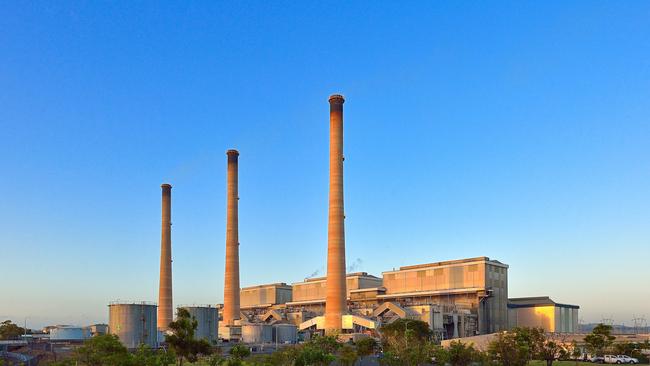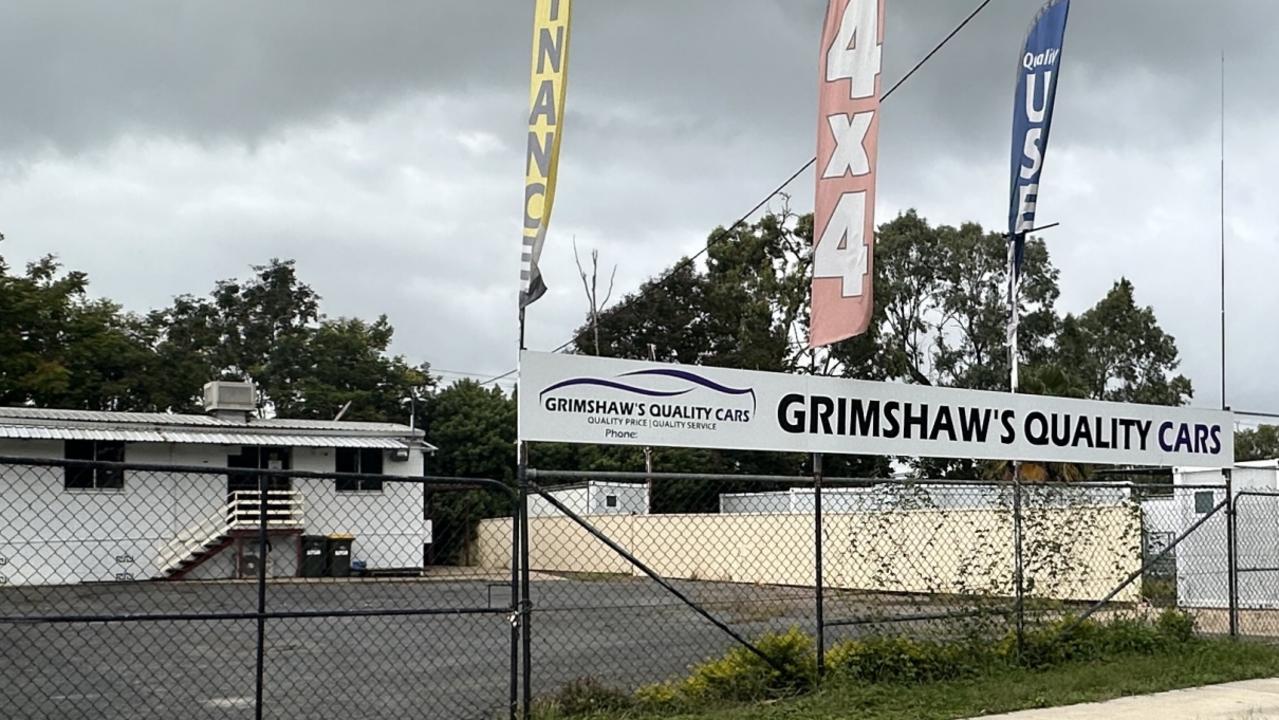Money talks in battle for Gladstone’s power supply
“The regions are stuck with one choice – Ergon.”

Gladstone
Don't miss out on the headlines from Gladstone. Followed categories will be added to My News.
IN THE lead up to the October state election, both major political parties have come out all guns blazing, promising to slash power prices for Central Queensland homeowners and small businesses.
Despite the residential electricity market in the region being open for competition, the majority of households and businesses are connected through Ergon Energy.
A quick inquiry on Australian Competition and Consumer Commission website, Energy Made Easy, revealed electricity prices are identical across the region.
A home with both peak and off peak electricity pricing, and four or five occupants, based on no previous bills, without a smart meter, solar panels or a pool, through Ergon Energy in Gladstone, Rockhampton or Bundaberg saw a yearly price of $2110.
The same inquiry, with a pay on time discount through direct debit, using alternative supplier Globird, resulted in a yearly cost of $2160, or $2350 without the discounts.
From today, the State Government promised power prices for Gladstone homes would fall by $84 a quarter, and $75 for small businesses.
Energy Minister Dr Anthony Lynham said this was welcome news for households and business in regional communities as Queensland worked to recover from COVID-19.
“Queensland is fighting back from COVID-19, and cost of living relief for households and business cost relief for employers are important,” he said.
“Today’s news – the biggest drop in 15 years – tops off a range of rebates and relief measures we already have in place to help Queensland recover.”
The prices were released by the independent Queensland Competition Authority in its determination of regulated power prices for regional Queensland for 2020-21.
Over the past three years, this represents savings of $166 for a typical regional household and around $299 for a small business.
In 2019-20 the government allocated around $500 million to subsidise regional power bills to ensure regional Queenslanders pay a similar price for power as their SEQ cousins.
Meanwhile, the opposition has promised, if elected on October 31, power prices would fall by an average of $300.
LNP leader Deb Frecklington said the $300 average saving would be on top of the reduction announced by the Queensland Competition Authority in its determination for 2020/21 electricity prices in regional Queensland.
She said the LNP’s plan to end Ergon’s monopoly by enabling private energy retailers to compete in regional Queensland would drive down prices for communities north of Gympie and from Toowoomba west.
“The cost of living has been hurting Queensland households for years under Labor,” Ms Frecklington said.
“The LNP will bring down power bills in regional Queensland by an average of $300 a year by breaking up Ergon’s monopoly.”
Shadow Energy Minister Michael Hart said the LNP’s plan was based on the findings of the Queensland Productivity Commission’s inquiry into energy prices.
He said an LNP government would provide a community service obligation (CSO) to Ergon to reduce the cost of regional distribution – allowing private retailers into the regional market.
“There are 27 energy retailers competing for customers in Brisbane, but the regions are stuck with one choice – Ergon,” Mr Hart said.
“The LNP will ensure that regional consumers gets lower bills like Brisbane.”


